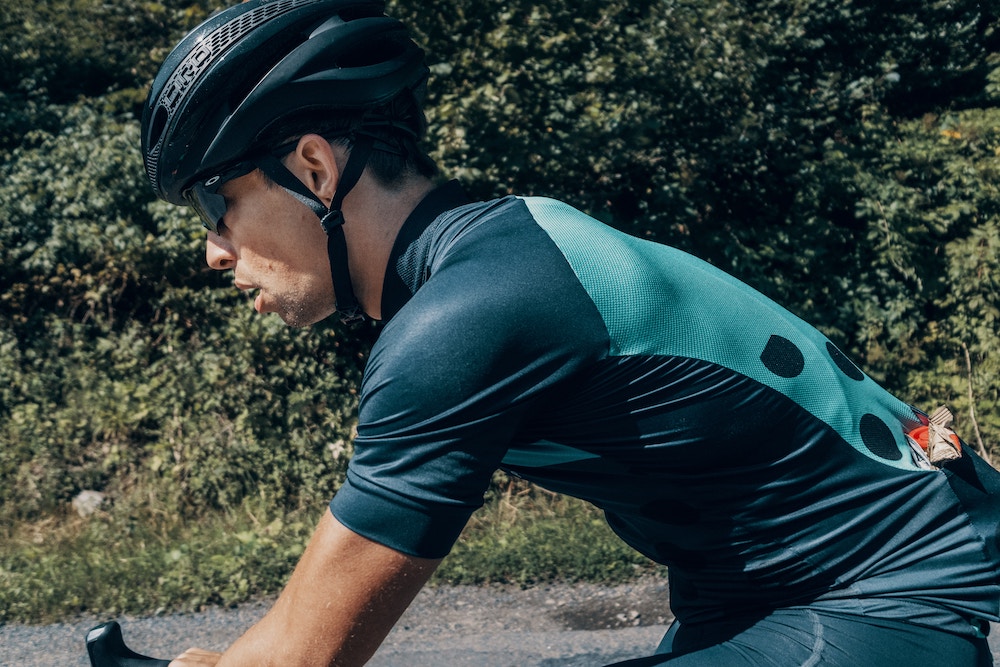As long as I can remember I have been participating in sports at all levels, whether it was playing on the high school tennis and football team, playing high level soccer or playing street hockey with friends. I know first hand how important vision can be for sports.
When it comes to playing sports, whether it is at a recreational or competitive level, vision is one of the most important senses for success. Virtually every sports requires some degree of visual awareness, and depending on which sport you are involved in, different aspects of your visual system may be used. At every comprehensive eye exam performed by an optometrist, these aspects of your visual system are tested.
Peripheral vision – This gives us spatial awareness on the field, rink or court. It allows us to avoid that last-minute tackle or see that through pass to teammates streaking down the side. Optometrists screen and check for conditions affecting this system with the most common condition being glaucoma. People often associate good vision with good eye health, which is not the case with glaucoma. A person may not have symptoms for years but if left undiagnosed, glaucoma can lead to tunnel vision and even blindness.
Binocular vision – Both eyes working together in sync is a crucial aspect in any sport or activity – this allows for true depth perception. Binocular vision disorders such as Strabismus (Eye turn) and Amblyopia (Lazy eye) are usually detected at an early age. This is why children are encouraged to come in for annual eye exams starting at 6 months of age.
Refractive error – This is the prescription for glasses or contacts that corrects nearsightedness, farsightedness and/or astigmatism to give optimal vision. Even the smallest of refractive errors can be corrected to help the visual system perform at its very best. Providing our visual system with the clearest image possible allows us to process the information being sent from our eyes much quicker. The faster our brain can process the visual information, the sooner we can make a decision and react. This can be especially important for athletes such as ice hockey goalies who have very little time to spot a puck coming towards them from a slapshot.
Sports eye injuries – Sports do pose a certain risk of injury. When most people think of sports-related injuries, the first thing that comes to mind is a joint sprain or a pulled muscle, but concussions and eye injuries are on the rise. Preventing these injuries is certainly better than dealing with them. Before stepping on the field, rink or court ensure that you have the proper protection – full face mask or visor for hockey, a proper fitting football helmet, sports goggles or glasses and sun protection for outdoor sports like baseball. Talk to your optometrist about what can be done to protect your sight. If you are unlucky and are injured while playing sports, an optometrist can treat and asses most eye-related injuries or refer you for the proper care.
Sports are a big part of most people’s lives. Whether it is playing a round of golf with friends or playing triple-A hockey, routinely ensure that you and your kids are seeing as well as possible can and always remember to protect those eyes! Talk to us here at Vogue Optical about your sports vision needs.
Dr. Alex Polczynski, Optometrist
Whiteoaks Mall
1105 Wellington Rd S
London, Ontario


